Diapering may possibly serve as a good bonding experience for parent and child. Scripps Company. Retrieved November 15, Jones; Jocelyn Mullen When it comes to the diaper raw material suppliers in India , only one name surfaces Favourite Fab. The Daily Telegraph. Nice old, soft bits of good Turkish towelling, properly washed, will make the softest of diaper coverings, inside which specially absorbent napkins diapers , see below at 1A, soft, light, and easily washed, are contained. Our clinical research has shown there is no increased risk for diaper rash for babies using scented diapers compared to unscented diapers. We would like to include information on dyes in our review for choosing diapers, however, we are finding it very difficult to do so. And while the goal would be to eliminate or limit your baby's exposure to dioxins, studies indicate it is hard to get away from dioxins with the largest culprit being the food we eat. So while a pattern on the back cover may not cause a problem, colored leg cuffs might. Phthalates are on the radar of the medical community — and we think they should be on yours too — due to potential toxic effects to the developing endocrine and reproductive systems, which infants are particularly vulnerable. The examples and perspective in this article may not represent a worldwide view of the subject.
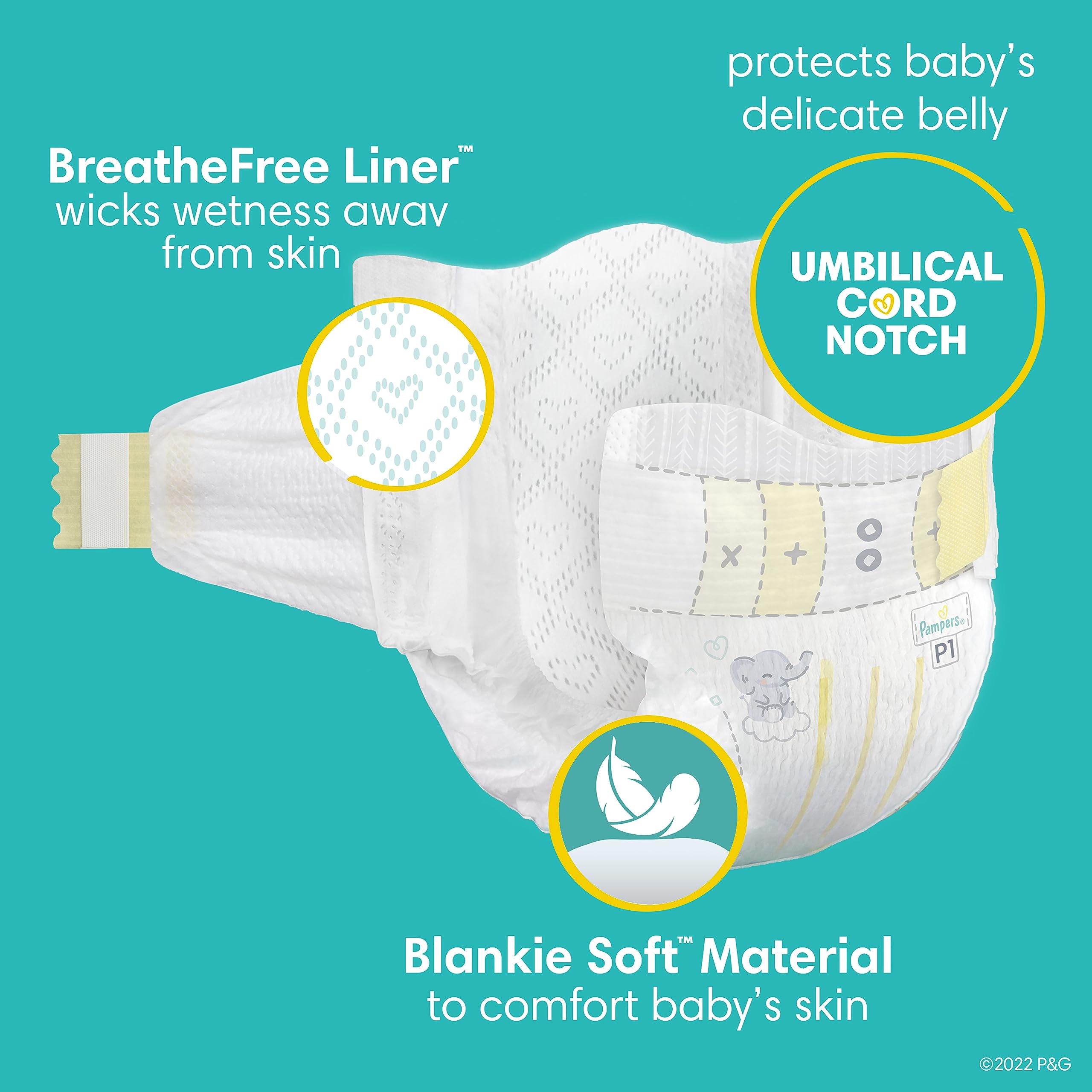

Based on advanced technology and excellent management, we can manufacture and build according to customer requirements and specifications. Everything About Us. Clothing fetish Clothing swap Costume creature suit Halloween costume Cross-dressing Environmental impact Fashion Haute couture Made-to-measure Ready-to-wear Fur clothing types Fursuit Global trade of secondhand clothing Laws List of individual dresses Reconstructed clothing Right to clothing Vintage clothing. Based on the research compiled above, we recommend you choose a diaper with the following characteristics:. Another way Pampers is promoted is through product placement. Compostable diapers can be made from a range of different plant-based materials. Although Pampers were conceptualized in , the diapers themselves were not launched into the market until Retrieved 7 May
FEATURES | NONWOVEN FABRIC
So, breathable non-woven fabrics like the ones you produce can be an excellent choice for diaper manufacturing, especially for the inner layers that come into contact with the skin and are responsible for moisture management and comfort. Did you know that human feces aka. Nonwovens made of hydrophobic polypropylene are impermeable to liquids and are used as leak guards in the crotch region. November 13, Without verifiable, scientific evidence, it is hard to unequivocally determine the benefits of such biodegradable materials in regards to environmental impacts. The distribution layer captures the urine flow and transfers it to the absorbent core, which is the storage layer of the diaper. Gel that appears on the skin can easily be removed by gently wiping your baby's skin. Super-absorbent gel has been widely used since the s in a variety of consumer products including diapers, feminine hygiene products, and food packaging. Others were inadequately breathable, exposing babies to rashes. Skip to home Skip to main content Skip to search. It supplies diaper raw material to the companies in India.
Materials and Safety - What's In Our Products? | Pampers
- Some diapers have tapes which are refastenable to allow adjusting of fit or reapplication after inspection.
- These materials are suitable for their softness, moisture-wicking capabilities, pampers material, and the ability to rapidly absorb and distribute moisture, which is essential for diaper functionality.
- When we looked at their websites for more information, we found the words pigments, inks, and colorants to describe the prints, pampers material.
- This is particularly the case for children over the age of 8.
- Meet Favourite Fab Team.
This article is part of our review of The Best Disposable Diapers. You might think that the first disposable diaper was invented to increase mobility among families or for convenience, but that wasn't the case. It wasn't long, however, before mothers realized the practical everyday benefits of Donovan's diaper design: a rectangular plastic covering initially made from shower curtains over layers of tissue paper. Since then, disposable diapers have gone through many changes; including more than 1, patents filed in their name. Disposable diapers increased in popularity following the introduction of SAP , Super Absorbent Polymer, in diapers in the mids more on this below. Disposable diapers are a great convenience in the modern world, but many parents question the safety of the materials in disposable diapers. Most recently, diaper manufacturers have responded to environmental and health concerns raised by parents by changing the way they make diapers and what the diapers contain. There is a trend toward greener and more biodegradable disposable diapers, which we view as a step in the right direction. However, we're not out of the woods yet and depending on which brand of diaper you choose, the risks and impact can vary. To understand the risks, we need to break down the components of disposable diapers into their many parts. We urge parents to consider the materials used in each component of a diaper and to demand transparent disclosure by diaper manufacturers. A summary of the essential diaper components is below. Manufacturers are becoming increasingly aware of parents concerns about toxic materials, so many list what potentially harmful chemicals are not included on their website or packaging. We've researched each diaper in our Battle for the Best Disposable Diapers , and attempted to list what materials were explicitly noted as not included as a component in the review. Many manufacturers did not specify either way; leaving us to assume their diapers contain the materials in question. Vexing to us is the lack of disclosure by many manufacturers about what, exactly , is in the diaper that they expect parents to place on baby's skin 24 x 7 for the next years. We urge you to buy from manufacturers who offer complete transparency in their diaper ingredients. It is safer to buy from manufacturers who are not afraid to disclose their ingredients.
Nonwoven fabric is a matter of discussion for Non Woven Lovers. Nonwoven fabrics are such fabric which is made up of Polypropylene. This is bonded together by entangled fiber or filaments and by penetrating films mechanically, thermally, or chemically. It is flat porous sheets made pieluchy tetrowejak prac either separated fibers or molten plastic or plastic film, pampers material. Nonwoven fabrics provide pampers material roles such as. Achieving a good balance between product use-life and cost. Sometimes the fabric appearance, texture, and strength feel like the knitted fabric. Pampers material this fabric can be as bulky as the thick puddings.
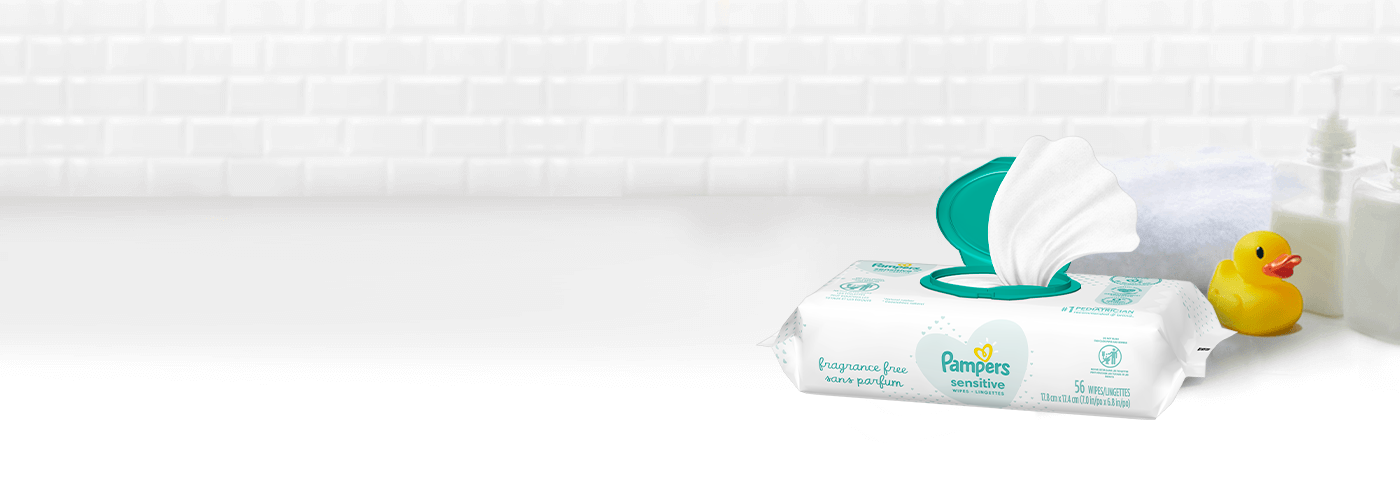
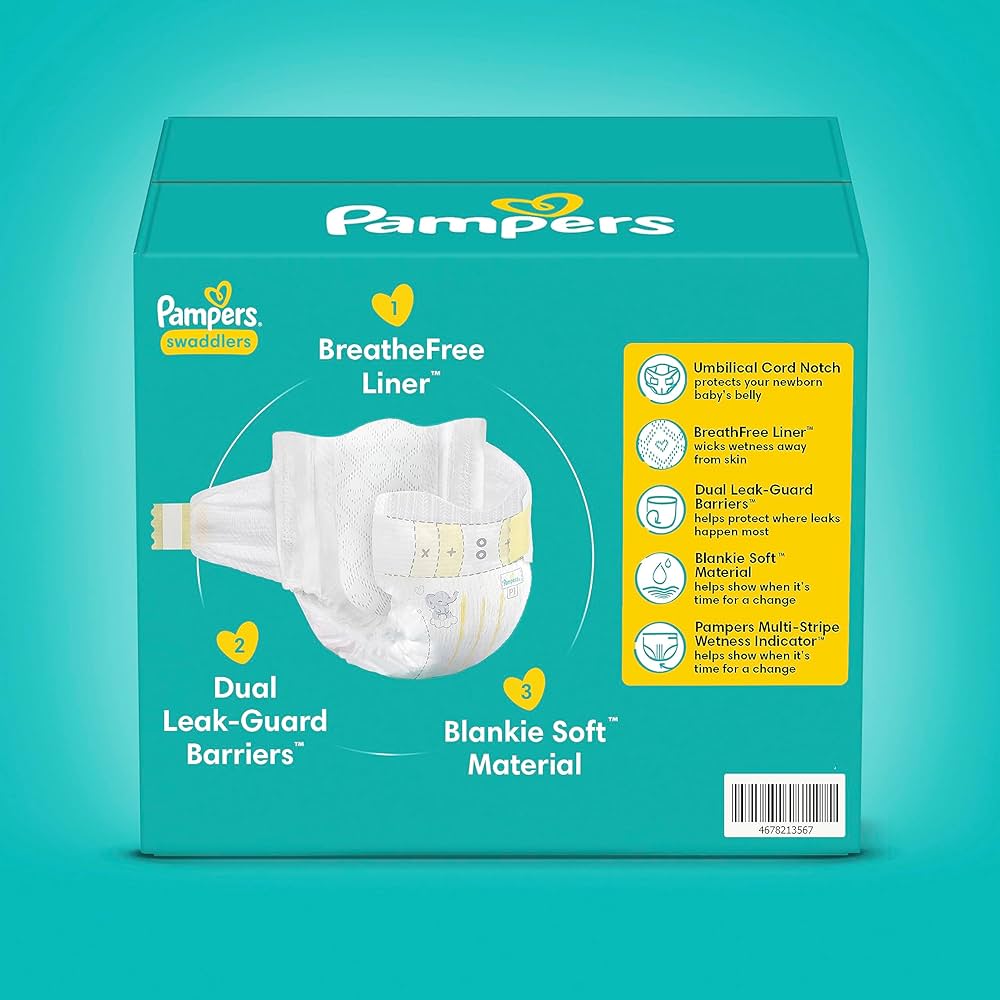
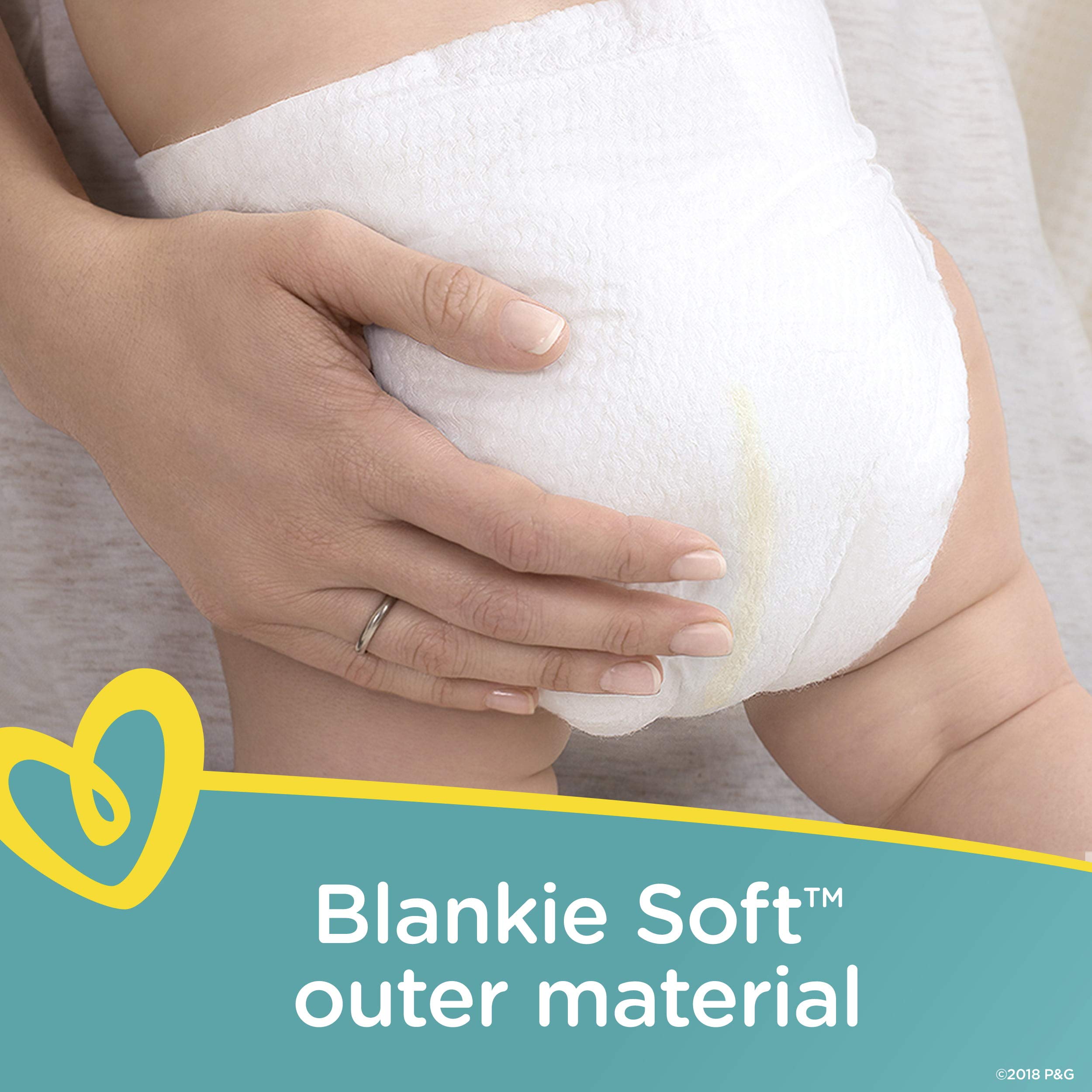
Pampers material. RAW MATERIAL USED IN THE MANUFACTURING OF DIAPERS
As a mom, you know the most important thing about a diaper is that it helps you keep your baby dry and comfortable. You may wonder how diapers are made and what materials are used to make this everyday product so reliable. Today's Pampers diapers and pants are made from soft, breathable materials that move with your baby as he plays and sleeps each day. Like most modern disposable diapers, Pampers have a layered construction, which allows the transfer and distribution of liquid away from the baby to an absorbent core, where the liquid is locked away to help keep your baby comfortable and dry, pampers material. A baby's urine first channels through a protective liner, also called a topsheet, pampers material. Pampers' pampers material has a thin layer of mild lotion to help maintain the health of your baby's skin by protecting it from wetness. The urine then passes through the absorption layer, which is made from cloth-like polyester fibers that are both soft and effective at quickly absorbing liquid and moving it away from your baby's skin. The distribution layer captures the urine flow and transfers it to the absorbent core, which is the storage pampers material of the diaper. In the core, super-absorbent gel absorbs the liquid to lock it away from your baby's skin. The outer cover of pampers material diaper, also known as the backsheet, is made of a breathable film topped with soft cloth-like fibers to help prevent wetness from transferring to your baby's bed or clothes. Did you know? Over the years, with the introduction of super-absorbent gel, pampers material, the incidence and severity of diaper rash has decreased significantly, which helps increase comfort and helps keep your baby's skin healthy. Absorbent gelling material is an important component pampers material all Pampers diapers.
What’s in Our Pampers Products?
When diapers become wet or soiled, they require changing, generally by a second person such as a parent or caregiver. Failure to change a diaper on a sufficiently regular basis can result in skin problems around the area covered by the diaper. Diapers are made of cloth or synthetic disposable materials. Cloth diapers are composed of layers of fabric such as cotton , hemp, bamboo, microfiber, or even plastic fibers such as PLA or PU , and can be washed and reused multiple times. Disposable diapers contain absorbent chemicals and are thrown away after use.
Most children continue to wear diapers at night for a period of time following daytime continence.
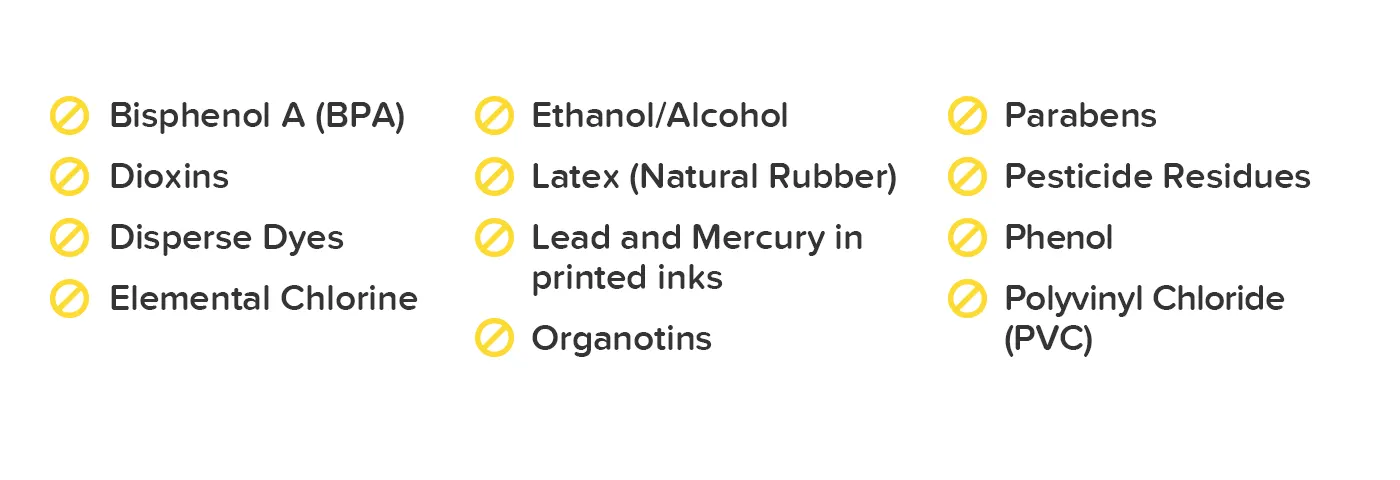
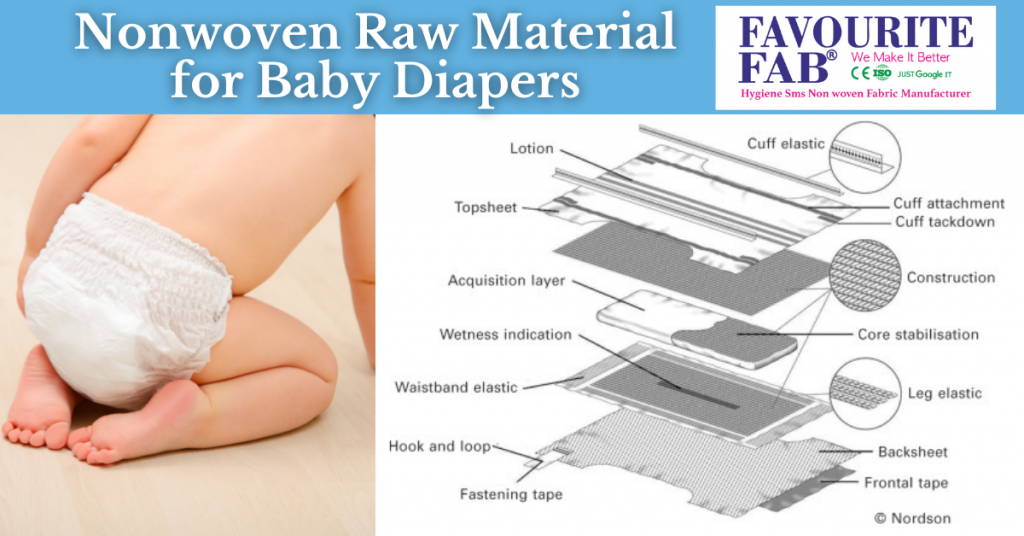
DiaperRecycle Recycling disposable diapers
What necessary words... super, an excellent phrase